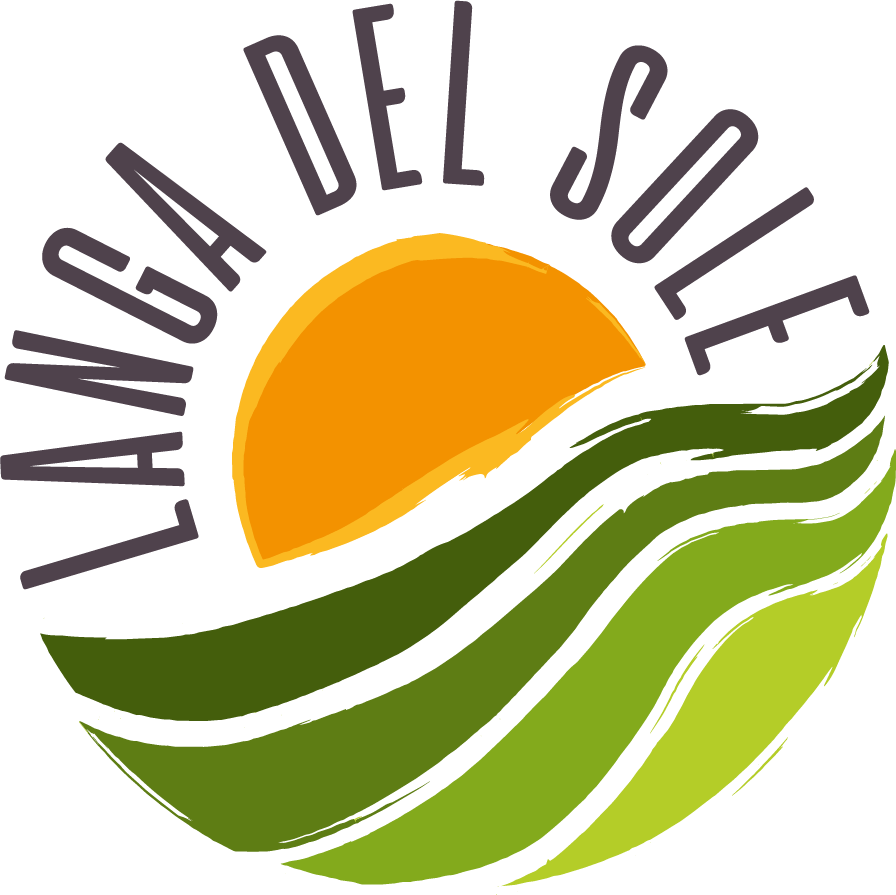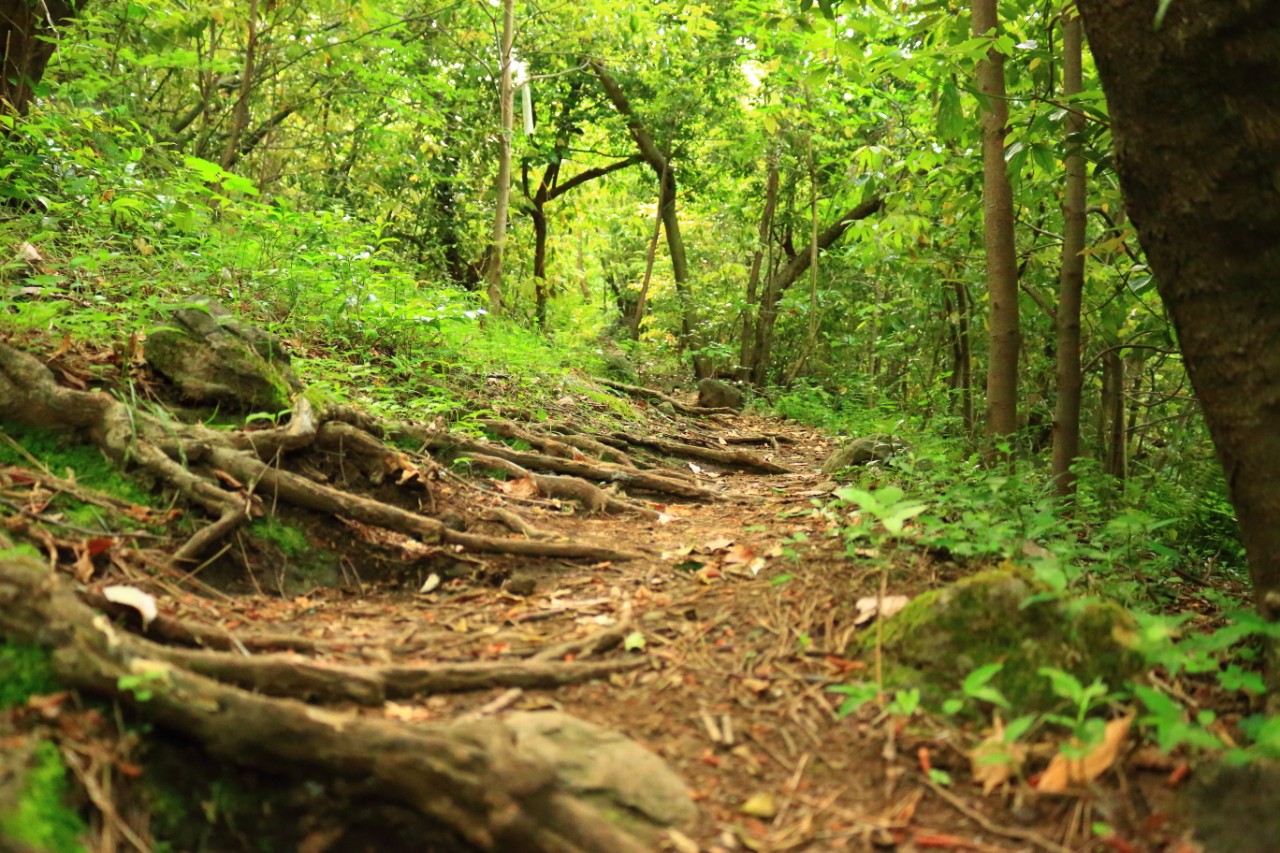The hills of the Langhe have always had a special relationship with nature. An intense, exclusive and often conflicting relationship nourished by its isolation, objective cultivation difficulties and a constant feeling of uncertainty, but also the main source of legends, folklore, magic and superstition.
The landscape of the High Langa, in particular, has always been the fruit of a heated discourse between the oecumene and the wild, the inhabited world and the animal one, between agriculture and the rule of the forest. In order to deeply understand these dynamics, we recommend an excerpt from the well-documented book by Giovanni Destefanis Cortemilia, segni e documenti lavoro persone, published by Araba Fenice. Following the medieval history of the hazelnut capital, the author wonders what type of relationship is there between the men of the High Langa and the environment they have found themselves in, amidst marginality, forestry and pastoralism.
[…]
In the Middle Ages, Cortemilia became a curtis, an ensemble of territories, farms, constructions, villages, routes for internal communication, springs, waterways and more that, together, had to secure the survival of the community living in it, providing them with everything they needed, from food to clothing to utensils. At the center of the curtis, there can be found a bigger village with one or more edifices where the “dominus” resided together with his family and his “court”, an armed group of people for defense, a “noble” church, craft shops, tailors, weavers, blacksmiths, etc. It was the place where people lived, or had to live, reducing contact with the “outside” to a minimum in order to defend oneself from raids, assaults, violence of more powerful lords and so on. This is quite a romantic and abstract image, because this type of subsistence economy can be approved only during tragic and temporary situations, famines, epidemics and invasions: in reality, during the Lower and the Upper Middle Ages, there was no village or town relying on an economy based on self-sufficiency. Even long-distance trade continued, albeit in various forms, but it often became more difficult also due to the deterioration of the great communication routes built by the Romans, which have been abandoned, forgotten or misunderstood. Oil, wine, salt, spices, fabrics, metals (used for weapons and in agriculture) kept on circulating, despite the assaults and raids of the Goths, the Saracens and the Hungarians. And Cortemilia, despite being a Curtis, remained an important center in this trading network between the Ligurian Sea, the Apennines, hills and plains of Southern Piedmont, though with a lesser intensity than before. Together with Christianization, between the 6th and 7th centuries, the small and still unstable monastic foundations arrived, while dioceses secured their ground, like that of Alba (the first ascertained bishop was Lampadio, who can be traced in 499). Wherever it was possible, both the abbeys, which have been Benedictine for many centuries, and the dioceses tried to keep in touch with the smaller villages: the abbeys kept “families” of monks, while the dioceses remained as places of worship that could also be very modest buildings, even mere huts, protecting a baptismal font. Baptism was considered the first and most sacred of all Christian rites, fundamental to enable the formation of a religious community. For this reason, rural parishes (“ecclesiae de plebe“) have been the first to be set up, where baptism could be received even before practising all the other rites. Thus, since Cortemilia is located in a place that, at that time, was located at a significant and inconvenient distance from a diocese, it was not unlikely that in the place where the Romanesque parish church of Santa Maria now stands, located clearly outside of the original urban nucleus, baptisms were already celebrated during the 7th and 8th centuries. At the same time, it is not unlikely that during those hard times, or at least until the end of the millennium, one or more monastic communities would gather followers of both sexes in our territory. Due to the lack of proper documentation, all these could just be mere hypotheses but not definitely implausible ones. Also because, according to the principle of urban “persistence”, in the toponym and treatment of the agricultural environment, some indications suggest that this has really happened in Cortemilia: Pieve di Santa Maria, Franciscan convent, squares ad urban places, paved roads and paths along the slopes of the hill, terraces.
What type of agriculture?
However, as several historians recount, during the decline and after the fall of the Roman Empire, the entire European population has suffered a substantial decrease in number for centuries, also brought by various epidemics such as the “Plague of Justinian” in the 6th century. And the Lower Piedmont must have certainly not been an exception. «Silva infructuosa roncare…», «et per lungo in silva quanto runcare potueritis de terra bona…». These expressions, relating to monasteries and peasants of the Po Valley, in an ungrammatical Latin, have been representative of long centuries of the rural Middle Ages. In the earlier centuries, the territory was dominated by forests, which covered much of the continent. Among Mediterranean countries, the dry weather and the deterioration of the soil had prevented, in many cases, the restoration of the vast forests destroyed in the past.
In Italy, Piedmont was covered with forests, but these were not left to fetch for themselves: at least those near inhabited areas had an economic importance in the people’s everyday lives. People used to see them differently compared to us. Maritime pines were considered as fruit-bearing trees. Pine cones were particularly suitable for lighting fire and in Provence, their seeds used to be dried out and eaten. But the most prized one was the oak tree, which was used for construction and provided food for pigs. Equally valuable was the chestnut tree, whose fruits were the main food source in numerous regions. And in the High Langa, both the chestnut and oak trees were and still are the most valued trees until today. In the forest, fruits can be picked, ponds and streams teemed with fish and there was game to hunt. You can also find honey, the only sweetener available at that time. But, most of all, the forest was very important for grazing, especially of pigs that fed on beech and acorn. Pork meat, especially lard, was an essential source of nourishment. Also, wood, aside from being used as a construction material, was the only source of heat against the winter cold «that threatened men in their fragile huts, often made only with intertwined branches. The earth was the only source for survival, profit and wealth» (P.J. Jones, Per la storia agraria italiana: lineamenti e problemi, «Rivista Storica Italiana», LXXVI (1964) – p.20).
But the decline has also been serious in the countryside: there are documents citing the abandonment of inhabited areas and the advancement of deserts, suggesting the retreat of the best forms of Roman agriculture towards more typically medieval types of «extensive» agriculture and the conversion, in certain areas, most probably under Germanic influence, of agriculture into pastoralism. A bishop from Alba, many centuries later, perhaps in the 16th century, made a pastoral visit to our Langa, noting «Vidimus silvestria loca et magjs silvestres pastores», we have seen wild places and even wilder shepherds. This is a sign that medieval forests still had to be present and that a form of pastoralism, typical of the time before the year 1000, was still widespread. In the abovementioned document dating back to 967, which states that Emperor Otto I of Saxony entrusted to the faithful Aleram sixteen “courts” or “curtes” located between the Tanaro and Orba Rivers and the Ligurian Sea, including “Curtemilia“, it was emphasized that these, by the end of the 10th century, were “deserta loca“, “abandoned places”, meaning that they were lands with no inhabitants or any type of cultivation. Otto himself had noted in a memoir transcribed by an amanuensis, just three years later: «Transivimus per deserta Langharum, et relinquimus ea sine tributo», we passed by the deserts of the Langhe and left without collecting any tax.
The successors of Aleram, particularly Boniface, took the title of “Marchesi del Vasto”, though this name was given to them later: “Vasto” meaning “Guasto”, devastated, deserted. While the sixteen “curtes” did not constitute a unified territory, a practice that was not uncommon in the feudal system and that drives historians and genealogists crazy until now, the gift to Aleram had given him and his successors the purpose of solving the problem of “desertification” and devastation. This eventually happened centuries after the year 1000, as almost everywhere in Europe, thanks to the political stability and greater security brought by the Ottonian dynasty.
The book
Giovanni Destefanis
Cortemilia, segni e documenti lavoro persone
Edizioni Araba Fenice
The excerpt is available on the website of the Comune di Cortemilia

Post a cura della Redazione di Langa del Sole

